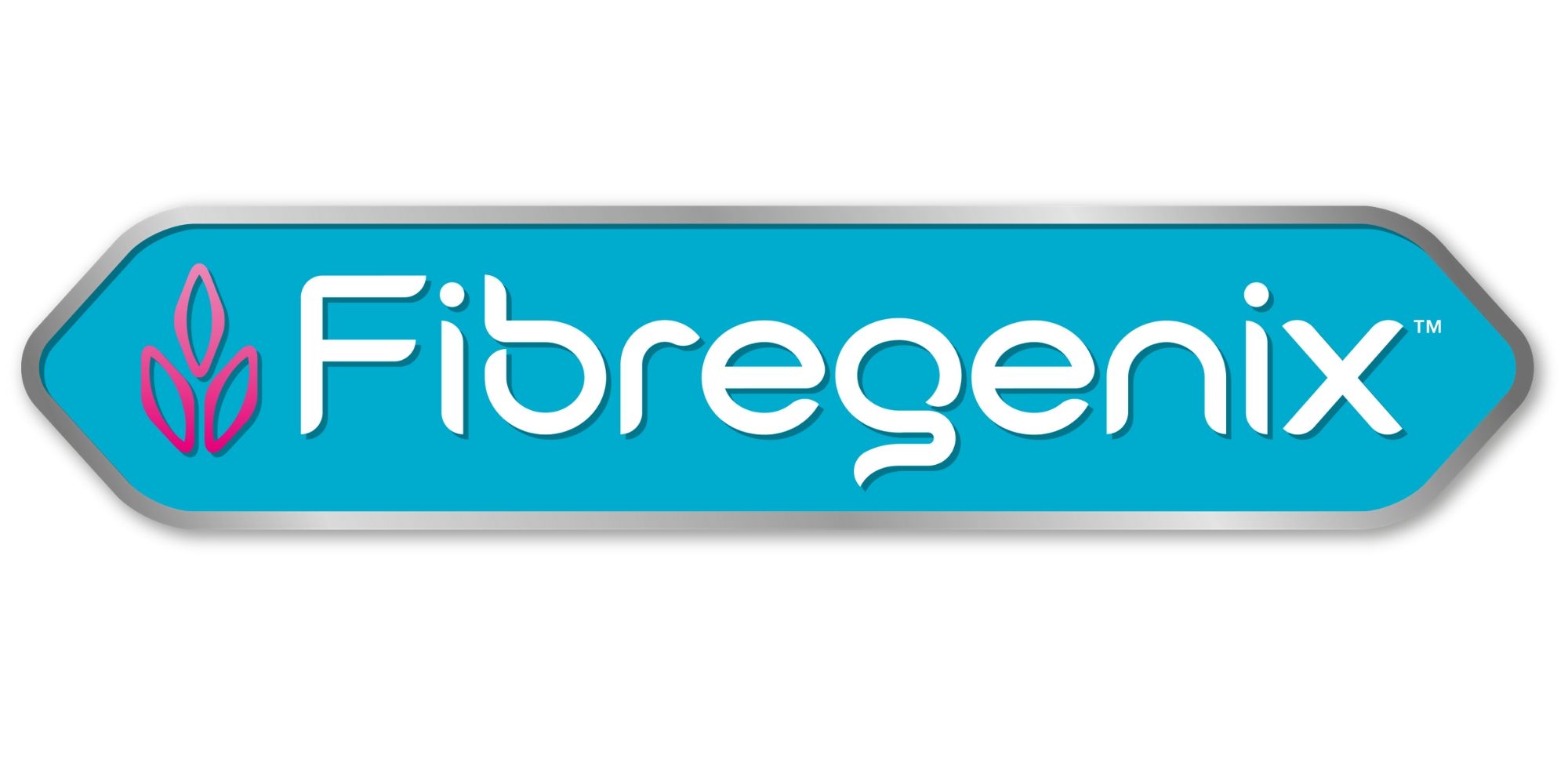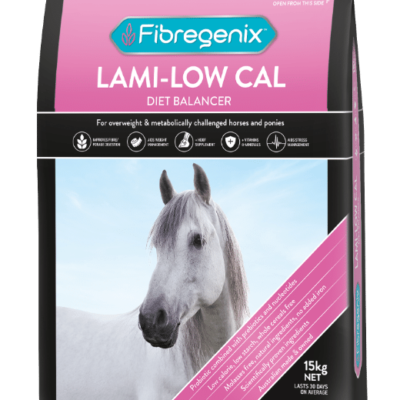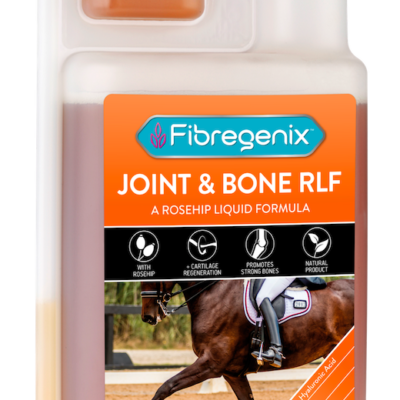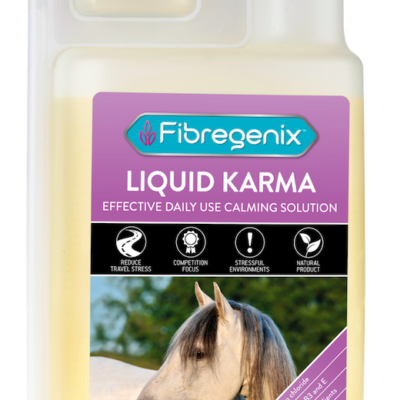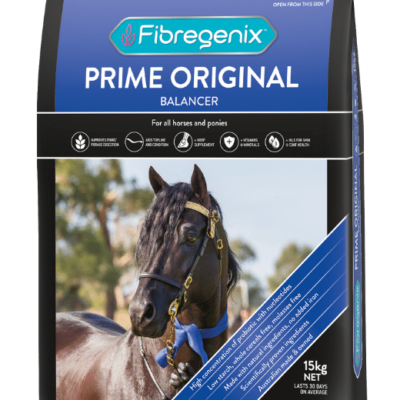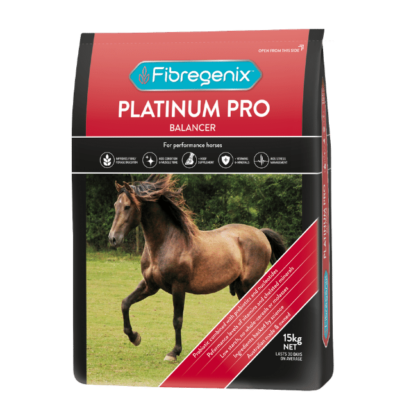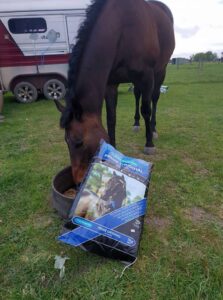
Bucks tucking into his Fibregenix
Here’s our ultimate guide to effective, simple feeding with balancers. So, you’ve taken the plunge and got your first bag of Fibregenix. A good decision made! Fibregenix feed balancers will be you and your horse’s best friends. Bucks certainly thinks so!
The 3 big questions we are most often asked.
1. How do I keep an effective, simple feeding regime with Fibregenix feed balancers?
Well, as you know, we are big promoters of fibre feeding in the first instance. It’s what is naturally best for your horse or pony, and what he/she has evolved to eat. So, it’s a no-brainer to keep your horse or pony’s diet mostly forage based. However, we do appreciate that there are times when your horse may require more calories (energy). Furthermore, not all horses are good doers. More on that later…
2. What other feeds do I feed with it?
Here are some suggestions to accompany your balancer (which is fed at 100g per 100kg of bodyweight). (Remember, to avoid dietary imbalances and potential nutrient conflicts, you generally shouldn’t need to feed additional supplements).
Fibregenix Prime Original for horses up to novice level, show horses & ponies, broodmares & foals:
Suggested Fibre feeds: Hay (cereal, meadow, legume), haylage, hay cubes, Lucerne chaff/pellets, cereal chaffs, shandy chaffs, beet pulp products. There are plenty to choose from but avoid heavily molassed products.
Fibregenix Platinum Pro for performance horses in hard work, veterans or those with compromised digestive systems.
Feed any of the fibre feeds as above and if feeding for slow-release energy eg endurance – oils/fats NB: Cold pressed linseed oil has the best balance of OM3:OM6)
Feeding for fast-release energy eg, eventing, racing, polo etc
Straight Grains: oats, (whole, crushed or naked); barley, (boiled or micronized); maize – (flaked/ micronized). Legumes eg lupins. Oil can also replace part of your grain ration. We suggest linseed oil or simple veggie oil. Standard hard feeds can also be partially replaced with any of the balancers. Be aware of the starch content of grains or standard hard feeds. Always feed in several small meals to avoid compromising the digestive system.
Healthy Horse Tip: A horse’s stomach can only hold approx. 0.5% of its bodyweight in feed at one time. Eg a 500kg horse’s stomach can only hold 2.5kg of feed. This includes not just hard feed, but chaff and any other additional feedstuffs eg beet pulp. So always keep within this parameter and split feeds into smaller meals. Yes, tedious I know but it’s all for the greater good! …
Fibregenix Lami Low-Cal – for laminitis prone horses and ponies and other metabolic issues, good doers, stable confinement.
Soaked hay, low NSC hay (preferably below 10%), low sugar chaff, unmolassed beet pulp. Restrict grazing or yard with appropriate amounts of soaked hay fed in a slow feeder net. (Never starve an overweight or laminitic horse or pony)
3. Do I still need to feed hard feed?
This totally depends on the type of work your horse/pony is doing. You also need to consider his breed type/temperament, or if he has any health issues. Always feed for the work being done, not what you think your horse is going to do. This means if you aren’t working your horse, back off the hard feeds! Generally, horses and ponies can be split into 3 types – good doers, normal doers and poor doers.
Good doers eg native ponies, cobs or horses with a naturally laid-back temperament. Fibre feeds alongside Lami Low-Cal balancer will suit these types best. Even in light to moderate work. And if in hard work, low energy feeds such as beet pulp or small amounts of legumes such as lupins or good quality forage will provide extra energy.
Normal doers are just that. They are easy to keep weight on but don’t get overly heavy or drop weight when the wind changes direction. Keep the diet high in fibre and monitor weight as you go along. Add legumes such as lupins and oil for grain free energy sources.
Poor Doers. This category of horse or pony often has a history of digestive issue – predominantly ulcers. (Stomach or Hindgut). They could also have a history of a heavy worm burden which can affect gut motility and create a horse which will be a poor doer all its life. They may be super sensitive types and have a hot temperament which can be genetic or due to the aforementioned gut issues eg TBs or Warmbloods. So, what do you feed a poor doer when high energy feeds are needed for work but must be limited or are totally off limits? Grain free energy sources eg lupins, beet pulp and oil/fat. We have customers with starred TB event horses that cannot tolerate grains. These horses do very well on a basic diet fed in appropriate amounts of course.
Meeting his daily feed requirements.
Bear in mind that your horse needs at least 2% of his bodyweight in total dry matter feed intake every day. If he drops off, firstly check the quality of your forage and how much you’re actually feeding.
Secondly, remember the Horse Health Tip of small regular feeds, rather than overburdening the digestive system. If you’re feeding heaps of feed and he isn’t gaining or is still dropping weight, consult with your vet. He may need scoping for ulcers, and they must be treated to heal and clear. Alternatively, there could be other digestive or health issues, so get him checked out.
Take Home message: Maintain a simple feed regime to keep your horse’s digestive system happy. Contact us if you need help with your horse’s diet. We’re always happy to advise and have a wealth of experience of feeding all types of horses and ponies whatever their workload/circumstances.
